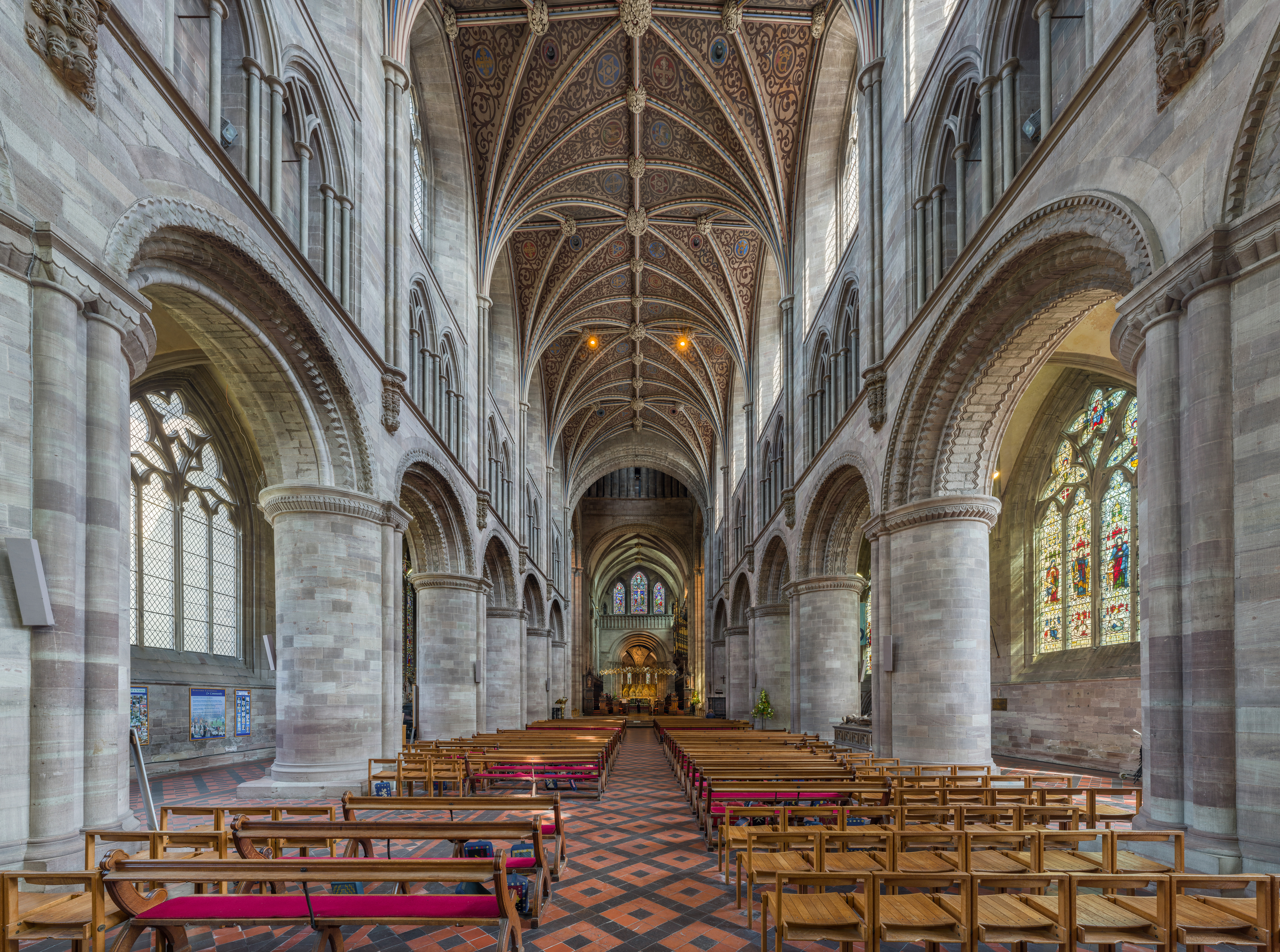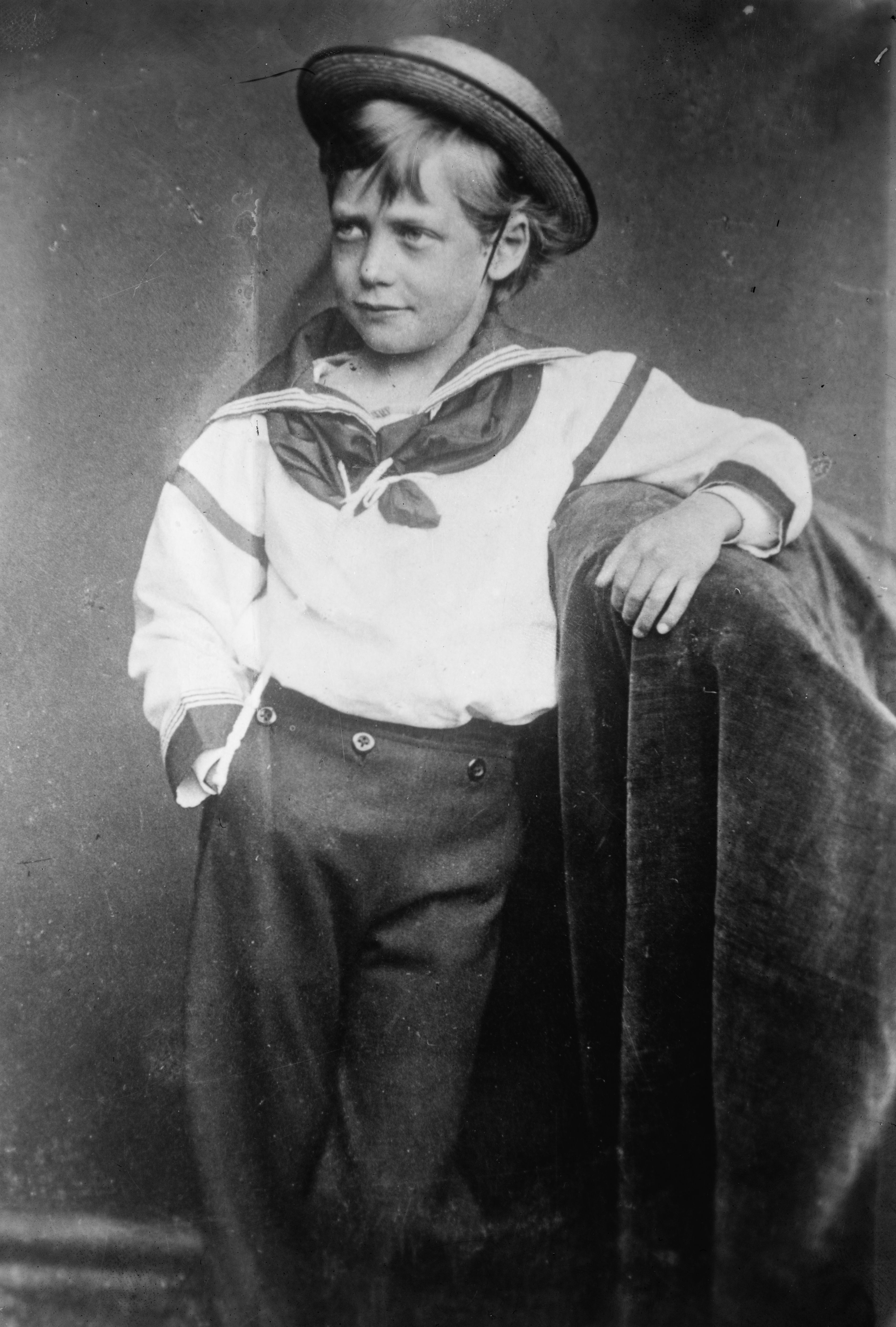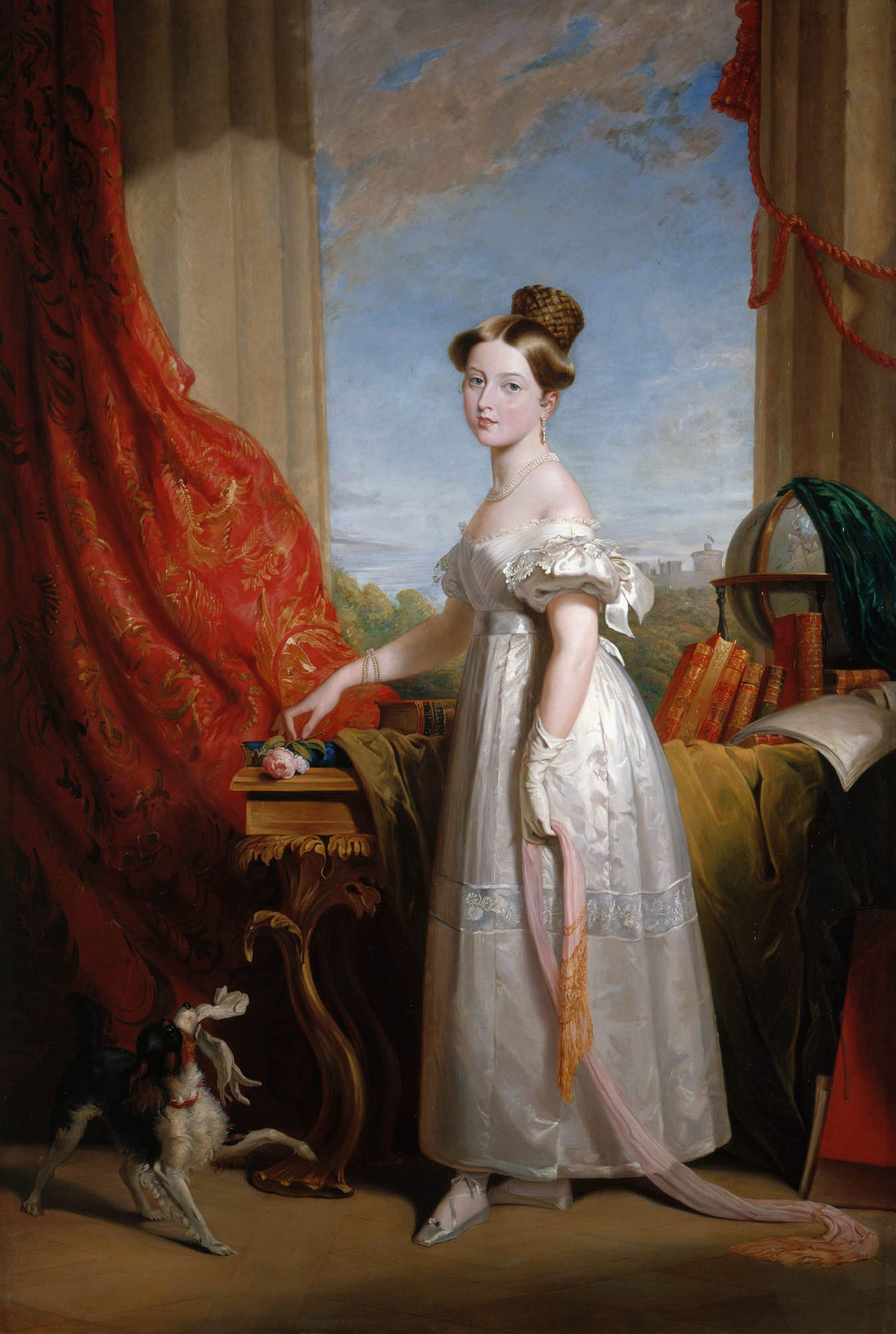|
Hughenden Valley
Hughenden Valley (formerly called Hughenden or Hitchendon) is an extensive village and civil parish in Buckinghamshire, England, just to the north of High Wycombe. It is almost 8,000 acres (32 km2) in size, divided mainly between arable and wooded land. It is situated 3 miles (5 km) north of central Wycombe, 12.5 miles (20 km) south of the county town of Aylesbury and some 35 miles (56 km) west-northwest of London. Hughenden parish was first mentioned in the Domesday Book of 1086 and was called ''Huchedene'', or ''Hugh's Valley'' in modern English. There are some however that argue the original name refers to the Anglo Saxon man's name ''Huhha'' rather than the French ''Hugh''. At the time of the Domesday Book, the village was in the extensive estates of Odo, Bishop of Bayeux, who was the half brother of William the Conqueror. There were many ancient manors within the parish border, and in addition to Odo, King Henry I of England, King Henry VIII of England, and Simon de ... [...More Info...] [...Related Items...] OR: [Wikipedia] [Google] [Baidu] |
2011 United Kingdom Census
A census of the population of the United Kingdom is taken every ten years. The 2011 census was held in all countries of the UK on 27 March 2011. It was the first UK census which could be completed online via the Internet. The Office for National Statistics (ONS) is responsible for the census in England and Wales, the General Register Office for Scotland (GROS) is responsible for the census in Scotland, and the Northern Ireland Statistics and Research Agency (NISRA) is responsible for the census in Northern Ireland. The Office for National Statistics is the executive office of the UK Statistics Authority, a non-ministerial department formed in 2008 and which reports directly to Parliament. ONS is the UK Government's single largest statistical producer of independent statistics on the UK's economy and society, used to assist the planning and allocation of resources, policy-making and decision-making. ONS designs, manages and runs the census in England and Wales. In its capa ... [...More Info...] [...Related Items...] OR: [Wikipedia] [Google] [Baidu] |
Benjamin Disraeli, 1st Earl Of Beaconsfield
Benjamin Disraeli, 1st Earl of Beaconsfield, (21 December 1804 – 19 April 1881) was a British statesman and Conservative Party (UK), Conservative politician who twice served as Prime Minister of the United Kingdom. He played a central role in the creation of the History of the Conservative Party (UK), modern Conservative Party, defining its policies and its broad outreach. Disraeli is remembered for his influential voice in world affairs, his political battles with the Liberal Party (UK), Liberal Party leader William Ewart Gladstone, and his one-nation conservatism or "Tory democracy". He made the Conservatives the party most identified with the British Empire and military action to expand it, both of which were popular among British voters. He is the only British prime minister to have been British Jews, of Jewish origin. He was also a novelist, publishing works of fiction even as prime minister. Disraeli was born in Bloomsbury, then a part of Middlesex. His father ... [...More Info...] [...Related Items...] OR: [Wikipedia] [Google] [Baidu] |
Walters Ash
Walters Ash (also sometimes called Walter's Ash) is a village in the parish of Bradenham, in Buckinghamshire, England. It is located in the Chiltern Hills The Chiltern Hills is a chalk escarpment in England. The area, northwest of London, covers stretching from Goring-on-Thames in the southwest to Hitchin in the northeast - across Oxfordshire, Buckinghamshire, Hertfordshire, and Bedfordshire. ..., to the west of the main village, adjacent to Naphill. Between 1983 and 1985 there was a peace camp outside RAF High Wycombe station. This was to protest about the RAF bunker on National Trust land designated a place of Historic Interest or Natural Beauty. There is also a water reservoir which was constructed at the same time. In February 2014 a sink hole opened under the drive of a bungalow and a car disappeared down it. The village is west of London and north west of High Wycombe. References External links Walter's Ash Village Website Wycombe District ... [...More Info...] [...Related Items...] OR: [Wikipedia] [Google] [Baidu] |
Naphill
Naphill is a village in the parish of Hughenden Valley, in Buckinghamshire, England. It is north-west of Hughenden, on the ridge of one of the Chiltern Hills, and is adjacent to the village of Walter's Ash. The origin of its name is obscure. It is sometimes thought that people napped flints here, but this is disputed. Naphill is a mainly linear settlement, with nearly all the houses built on side-roads branching off Main Road, which is just over long. Naphill borders the ancient parishes of Bradenham, North Dean, and West Wycombe. Whilst a village in its own right, it is part of the Parish of Hughenden, and is located around the former border between two ancient British tribes, the Catuvellauni and the Atrebates. It is close to the ancient feature Grimm's Ditch. Walter's Ash in Naphill is the location of RAF Strike Command, which contains a nuclear bunker built on National Trust land in 1983–1985. This lies near the wartime Bomber Command bunker built in the 1930s. The ... [...More Info...] [...Related Items...] OR: [Wikipedia] [Google] [Baidu] |
Church Of England
The Church of England (C of E) is the established Christian church in England and the mother church of the international Anglican Communion. It traces its history to the Christian church recorded as existing in the Roman province of Britain by the 3rd century and to the 6th-century Gregorian mission to Kent led by Augustine of Canterbury. The English church renounced papal authority in 1534 when Henry VIII of England, Henry VIII failed to secure a papal annulment of his marriage to Catherine of Aragon. The English Reformation accelerated under Edward VI of England, Edward VI's regents, before a brief Second Statute of Repeal, restoration of papal authority under Mary I of England, Queen Mary I and Philip II of Spain, King Philip. The Act of Supremacy 1558 renewed the breach, and the Elizabethan Settlement charted a course enabling the English church to describe itself as both English Reformation, Reformed and Catholicity, Catholic. In the earlier phase of the Eng ... [...More Info...] [...Related Items...] OR: [Wikipedia] [Google] [Baidu] |
Great Kingshill
Great Kingshill is a small village in the parish of Hughenden in Buckinghamshire, England. It is located in the Chiltern Hills, about five miles west of Amersham and two and a half miles south of Great Missenden. The village name 'Kingshill' is fairly self-explanatory, meaning a hill in possession of the king. Local folklore suggests it was King John who provided the name; there is certainly evidence of King John granting the manor at Kingshill to Hugh de Gournay in 1213, although this same document states that the land was previously possessed by Geoffrey fitzPeter. The affix 'Great' was added later to differentiate between Great Kingshill and neighbouring Little Kingshill. There is some evidence of a settlement called ''Pirenore'' that was granted to Missenden Abbey in 1275. The settlement was discovered in Brand's Fee in Great Kingshill, and evidence suggests it was settled between the 11th and 16th centuries. It is possible that the settlement was wiped out by bubonic pl ... [...More Info...] [...Related Items...] OR: [Wikipedia] [Google] [Baidu] |
George V Of The United Kingdom
George V (George Frederick Ernest Albert; 3 June 1865 – 20 January 1936) was King of the United Kingdom and the British Dominions, and Emperor of India, from 6 May 1910 until his death in 1936. Born during the reign of his grandmother Queen Victoria, George was the second son of Albert Edward, Prince of Wales, and was third in the line of succession to the British throne behind his father and his elder brother, Prince Albert Victor. From 1877 to 1892, George served in the Royal Navy, until the unexpected death of his elder brother in early 1892 put him directly in line for the throne. On Victoria's death in 1901, George's father ascended the throne as Edward VII, and George was created Prince of Wales. He became king-emperor on his father's death in 1910. George's reign saw the rise of socialism, communism, fascism, Irish republicanism, and the Indian independence movement, all of which radically changed the political landscape of the British Empire, which itself re ... [...More Info...] [...Related Items...] OR: [Wikipedia] [Google] [Baidu] |
List Of King George V Playing Fields (Buckinghamshire)
References {{King George V Fields in the United Kingdom Buckinghamshire Buckinghamshire (), abbreviated Bucks, is a ceremonial county in South East England that borders Greater London to the south-east, Berkshire to the south, Oxfordshire to the west, Northamptonshire to the north, Bedfordshire to the north-ea ... King G Lists of buildings and structures in Buckinghamshire ... [...More Info...] [...Related Items...] OR: [Wikipedia] [Google] [Baidu] |
Issac D'Israeli
Isaac D'Israeli (11 May 1766 – 19 January 1848) was a British writer, scholar and the father of British Prime Minister Benjamin Disraeli. He is best known for his essays and his associations with other men of letters. Life and career Isaac was born in Enfield, Middlesex, England, the only child of Benjamin D'Israeli (1730–1816), a Sephardic Jewish merchant who had immigrated from Cento, Italy, in 1748, and his second wife, Sarah Syprut de Gabay Villa Real (1742/3–1825). Isaac received much of his education in Leiden. At the age of 16, he began his literary career with some verses addressed to Samuel Johnson. He became a frequent guest at the table of the publisher John Murray and became one of the noted bibliophiles of the time. In 1797 D'Israeli published ''Vaurien,'' a romantic novel set in radical circles following the French Revolution. Conservative commentators praised the book for its mockery of radicals in England and depiction of Vaurien, who has come from France ... [...More Info...] [...Related Items...] OR: [Wikipedia] [Google] [Baidu] |
Disraeli Monument
The Disraeli Monument is a Grade II* listed memorial erected in 1862 to the British writer and scholar Isaac D'Israeli, designed by the architect Edward Buckton Lamb. It is located on Tinker's Hill in the Hughenden Valley near High Wycombe in Buckinghamshire. It was erected in June 1862 at a cost of £500; Lamb was paid £200 for his work, and a Mr. Thomas Coates had sold the land on which the monument stands to the Disraelis for £20. The monument stands in fields near Hughenden Manor, the D'Israelis' country house. Windsor Castle could be seen from the monument at the time of its erection. The monument is 50 ft in height and made from Bath stone. The monument was commissioned by D'Israeli's daughter-in-law Mary Anne Disraeli, who was married to his eldest son, the politician and writer Benjamin Disraeli. The monument was secretly planned and erected by Mary Anne without her husband's knowledge. It was designed by architect Edward Buckton Lamb. The positive reception of th ... [...More Info...] [...Related Items...] OR: [Wikipedia] [Google] [Baidu] |
National Trust For Places Of Historic Interest Or Natural Beauty
The National Trust, formally the National Trust for Places of Historic Interest or Natural Beauty, is a charity and membership organisation for heritage conservation in England, Wales and Northern Ireland. In Scotland, there is a separate and independent National Trust for Scotland. The Trust was founded in 1895 by Octavia Hill, Sir Robert Hunter and Hardwicke Rawnsley to "promote the permanent preservation for the benefit of the Nation of lands and tenements (including buildings) of beauty or historic interest". It was given statutory powers, starting with the National Trust Act 1907. Historically, the Trust acquired land by gift and sometimes by public subscription and appeal, but after World War II the loss of country houses resulted in many such properties being acquired either by gift from the former owners or through the National Land Fund. Country houses and estates still make up a significant part of its holdings, but it is also known for its protection of wild lands ... [...More Info...] [...Related Items...] OR: [Wikipedia] [Google] [Baidu] |
Victoria Of The United Kingdom
Victoria (Alexandrina Victoria; 24 May 1819 – 22 January 1901) was Queen of the United Kingdom of Great Britain and Ireland from 20 June 1837 until her death in 1901. Her reign of 63 years and 216 days was longer than that of any previous British monarch and is known as the Victorian era. It was a period of industrial, political, scientific, and military change within the United Kingdom, and was marked by a great expansion of the British Empire. In 1876, the British Parliament voted to grant her the additional title of Empress of India. Victoria was the daughter of Prince Edward, Duke of Kent and Strathearn (the fourth son of King George III), and Princess Victoria of Saxe-Coburg-Saalfeld. After the deaths of her father and grandfather in 1820, she was raised under close supervision by her mother and her comptroller, John Conroy. She inherited the throne aged 18 after her father's three elder brothers died without surviving legitimate issue. Victoria, a constituti ... [...More Info...] [...Related Items...] OR: [Wikipedia] [Google] [Baidu] |





